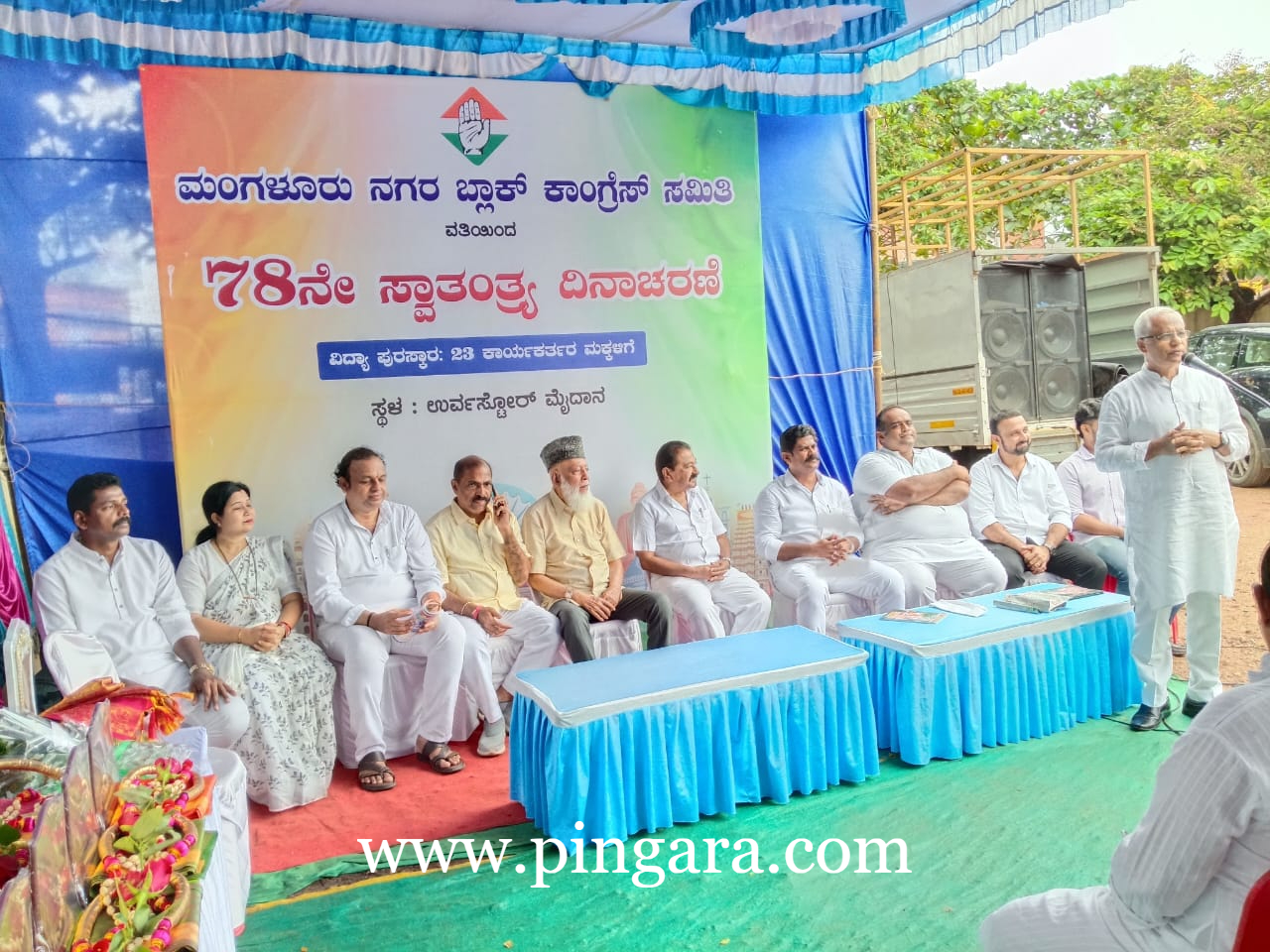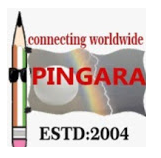Water is an essential part of our lives’. A human being cannot survive without food and water. It is the most crucial among all the natural resources. A drop of water is worth more than a sack of gold for a thirsty man. Water sustentation is the most effective and environmentally sound mode to fight global warming. The purpose is to reduce the scarcity of water .Improve the efficiency of use of water and reduce wreckage and fritter.
Water foot print:
 Everything we use, wear, buy, sell and eat takes water to make.The society uses lot of water for drinking, cooking and washing but even more for production of food paper and cloth.The water footprint measures the amount of water used to produce each of the goods and services we use. It can be measured for a single process, such as growing rice, for a product, such as a pair of jeans, for the fuel we put in our car, or for an entire multi-national company. The water footprint can also tell us how much water is being consumed by a particular country – or globally – in a specific river basin or from an aquifer.
Everything we use, wear, buy, sell and eat takes water to make.The society uses lot of water for drinking, cooking and washing but even more for production of food paper and cloth.The water footprint measures the amount of water used to produce each of the goods and services we use. It can be measured for a single process, such as growing rice, for a product, such as a pair of jeans, for the fuel we put in our car, or for an entire multi-national company. The water footprint can also tell us how much water is being consumed by a particular country – or globally – in a specific river basin or from an aquifer.
A water footprint is an indicator that looks at both the direct and indirect water use of an individual, business, community, city or country.
Direct water use refers to the water we see coming out of the tap: the fresh water we use each day for drinking, cooking, showering, washing dishes and clothes, and gardening etc.
Indirect water use refers to the water that is used to manufacture the goods that we consume or produce, and the services that we use, as well as all of the water that is made unusable by pollution or wasted by non-use. That includes all of the water used to grow the food that we eat eat, to produce the things we use in daily life - clothes, books and furniture - and the water needed to produce the energy we use.
While this indirect water is "invisible", we often use far more of it than we realize.
How to Reduce Your Water Footprint:
Broadly speaking, you can reduce your direct water footprint by,
Turning off the tap while brushing your teeth, using water-saving toilets, installing a water-saving shower head, taking shorter showers, only washing your clothes when necessary
Fixing household leaks, using less water in the garden and when cleaning
Not disposing of medicines, paints or other pollutants down the sink.
When it comes to reducing your indirect water footprint, there are a number of different approaches you can take.
The food we eat makes up a huge part of our personal water footprints, and implementing some of these changes could have knock-on benefits for your health too
Eating less meat: Beef is one of the most water-intensive proteins, needing 15,000 liters of water per kg, followed by red meats in general. Other, less water-intensive proteins include pulses like beans, lentils and peas. Chicken has a much lower water footprint than beef, so if you're not ready to become vegetarian or vegan just yet, giving up or just cutting back on red meat can help.
Switching coffee for tea: Cups of tea and coffee may look like they contain the same amounts of liquid, but producing coffee beans requires far more water than growing tea leaves, around 140 litres for a cup of coffee and around 34 liters for tea.
Cutting down on sugar.:Drinking a bottle of cola actually consumes around two or three bathtubs full of water. Growing sugar cane uses a lot of water (and often water-polluting pesticides too), not to mention the water that goes into producing plastic packaging.
Eating less processed food.:Water is required at every stage of food production - refining, processing, canning, packaging. Eating fresher food means consuming less water, sugar, salt, preservatives and chemicals.
Consuming more local produce: Producing a tank of petrol requires a lot of water, so reducing the amount of miles you food has to cover from farm to plate will also help save. And your food will be fresher and richer in vitamins too. Win-win!
Buying quality, not quantity: The clothes we wear use huge amounts of freshwater. Cotton fabrics and denim jeans are particularly greedy. Buy well-made clothes that are intended to last, rather than huge amounts of cheaply-produced items that will need to be replaced. The same goes for any other consumer product, as practically all manufactured products - from electronics to books and cosmetics - consume water in the production process. Buying less will protect the world's water supply and your wallet.
The responsibility for cutting back on water consumption shouldn't just lie with consumers, of course. For people to be able to make informed decisions about which options to choose, businesses need to be transparent about their processes and governments more forward-thinking when it comes to regulation. When information is available on the impacts of a certain article on the water system, consumers can make conscious choices about what they buy. And if governments were to bring in water-saving measures, businesses would be incentivized or perhaps even obligated, to introduce water-saving measures.
Save water at home:
 Install a foot tap: Rather than using the traditional, ubiquitous twist-knob taps, you can install a foot pedal which you press to control the flow of water. Using such pedals helps reduce water consumption by as much as 50 percent.Attach a shower head to tap fittings: Installing a shower head on your tap might sound a bit strange, but trust us on this one. It is a common misconception that high-pressure, high-volume water is needed to clean tough dirt and grease from dishes. In fact, what is more effective is using a wide water spray rather than heavy water volume which of course can be achieved through the use of a shower head. Fitting a water-saving shower head to your tap will still give you enough water and spray to clean effectively, meaning you use less water even when washing the tough stuff.
Install a foot tap: Rather than using the traditional, ubiquitous twist-knob taps, you can install a foot pedal which you press to control the flow of water. Using such pedals helps reduce water consumption by as much as 50 percent.Attach a shower head to tap fittings: Installing a shower head on your tap might sound a bit strange, but trust us on this one. It is a common misconception that high-pressure, high-volume water is needed to clean tough dirt and grease from dishes. In fact, what is more effective is using a wide water spray rather than heavy water volume which of course can be achieved through the use of a shower head. Fitting a water-saving shower head to your tap will still give you enough water and spray to clean effectively, meaning you use less water even when washing the tough stuff.
Bring a bucket: A peek into any bathroom in Australia provides a handy water-saving tip from the inhabitants of the driest continent on the planet - place a bucket in the shower. These buckets are placed under the shower head to catch all that excess water that normally goes down the drain while you wait for the water to heat up.
Treat your waste water at home: Generally speaking, all that water that trickles down the drain after you use it can actually be a boon for the garden. Commonly referred to as wastewater (or black water and grey water), leftover water from the bathroom, kitchen and laundry is mixed with detergents, oil and dirt and is generally not appropriate for use in the garden in its waste form. However, with proper filtering and treatment it can be highly beneficial for crops. Use Eco-friendly cleaning products. Using biodegradable cleaners (i.e. natural items such as lemon, tea tree oil, baking soda and vinegar) as well as phosphate-free detergents also helps to reduce water consumption and is less harmful to the environment. Using them to clean uses less water than chemically-laden alternatives. One reason for this is the inclusion of Sodium Lauryl Sulfate (SLS) in many conventional cleaning products. SLS is generally used as a foaming agent, its foaming properties triggered when coming into contact with water. These agents also need to be washed off any surface or item after use considering the harmful impact they have on human health. Compare this to using vinegar, which requires no water to offset it’s disinfecting properties and doesn’t need to be washed off a surface or item after it’s been used to clean .
Dent waste packaged bottle: Most of the time we unnecessarily waste packaged drinking water ,let us take it home if we don’t drink it ,at least let us use it for garden
Technical methods to conserve water :
Rainwater Harvesting :
Rainwater harvesting is the gathering and collection of water from the rooftop. The traditional method of rain water harvesting is the most effective and simple way to conserve the water. It means utilization of rain water for the domestic as well as agricultural purposes. There are three technical methods of rain water harvesting such as Catchment, Conveyance and storage.

Historical Water Bodies:
There are many traditional water bodies which have been in disuse for the longer time. These bodies can be reused as the recharging points.

Ponds:
Steps should be taken to avoid dumping of sewage into the village ponds. Efforts need to be made to deepen these ponds with the drag line machines. Garbage and other waste should not be dumped into the ponds.

WATER - INDIA FACTS:
India is facing a fresh water crisis. India has just 4% of the world’s fresh water — but 16% of the global population.
76 million are without access to safe drinking water
21% of country’s diseases are water related.
Over 329, 000 children under five die due to diarrhea in India in 20152
Across India as a whole, it is estimated that women spend 150 million work days every year fetching and carrying, equivalent to a national loss of income of INR 10 billion/ 160 million USD3.
The total potential area to be brought under the micro irrigation (drip and sprinkler) in India is 42.2 million hectare of land, however only 3.9 million hectare of land or 9.2% of the potential is currently under micro irrigation.
A large part of the water withdrawals are happening for agriculture. Therefore, greater discussions and interventions also need to be made in the agricultural sector. In fact agricultural productivity is a fundamental part of the solution. Lets understand this by taking the example of India. Agricultural water productivity measures towards closing the water gap.
The illustration below shows the India- Water Availability Curve
 In the illustration, the width of the block represents the amount of additional water that becomes available from adoption of the measure. The height of the block represents its unit cost.
In the illustration, the width of the block represents the amount of additional water that becomes available from adoption of the measure. The height of the block represents its unit cost.
Let us save water for the benefit of our country as well as future generations if we don’t save who else will do it. Take a pledge “Save water".
